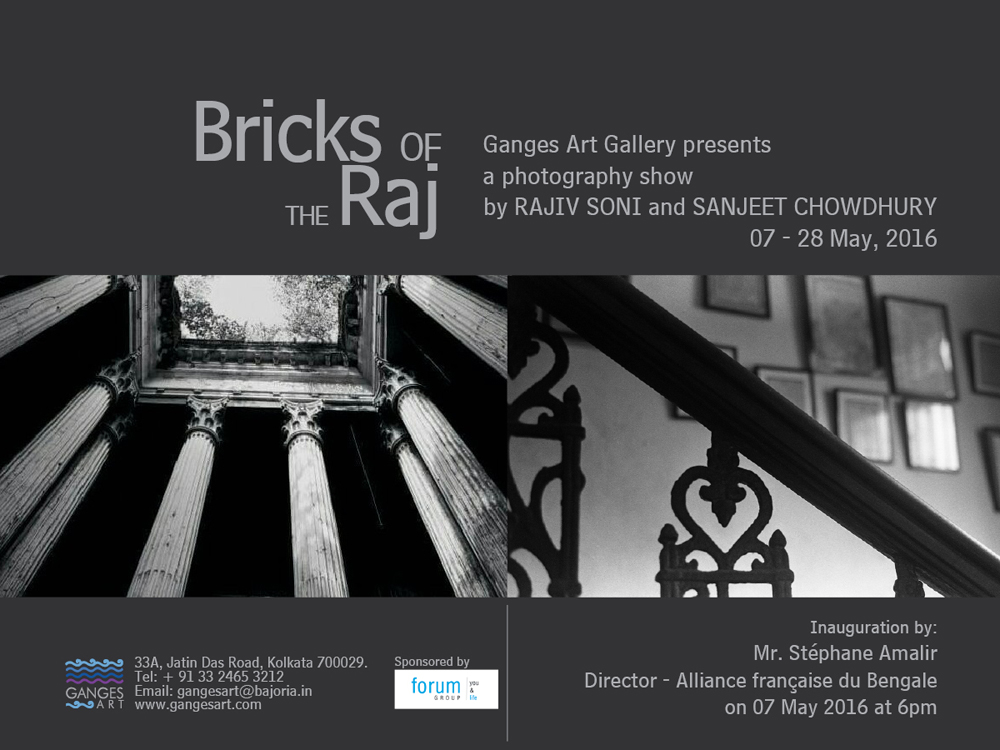
Bricks of the Raj - Rajiv Soni
The romance with the Bricks of the Raj began, a few years ago, when I was influenced by a group of four to walk with them and as they explored the streets of Calcutta that housed these historic edifices.
In the day the teeming millions would shroud these magnificent structures with the purpose of business or hid them from what they were once built for. At night they stood as silent sentinels guarding their space in history. At the break of day they seemed to talk to us, almost imploring us to spend time with them, to love them as they had been loved once, to live in them and enjoy the comfort they had once offered.
These, that were once stately homes, stand in testimony of the true expressions of a kitsch of culture that surrounded the areas from Bandel to Calcutta. The areas where the Portuguese, The Dutch, the Danes, the French and later the British established their settlements that later found their way into India. These were also the palaces and abodes of the other Raj that made up the Nawabs and rajahs, the zemindars and the knighted.
These many pillared structures spoke of an architecture that was a blend of Greco Roman, Indo Saracen and other European styles but incorporated the Indian verandah, the courtyard, the puja dalan and the zenana ghar. High ceilings, huge halls, long plazas with the exterior coated with chunam, that shone in the sun masquerading as marble.
Some stand today under threat of the wrecker, awaiting care and respect that they deserve, awaiting a mindset or a needed legislation that will protect them.
The Bricks of the Raj exist in Calcutta~
the city that never slept,
the city that never awoke,
~ waiting to be discovered.
Bricks of the Raj - Sanjeet Chowdhury
The house on 4 Bepin Pal Road in Kolkata belonged to one of the foremost historians of India, Ramesh Chandra Majumdar. Born in 1888 in Khandarpara village in Faridpur district, Ramesh Chandra graduated from Presidency College with History Honors in 1909 and became interested in the history of ancient India while completing his MA (1911). This interest became a lifelong passion, resulting in his PhD thesis, “Corporate Life in Ancient India,” and over three hundred articles and numerous books, including Early History of Bengal (1924), The History of Bengal (1943), Ancient Indian Colonies in the Far East (1944), and Ancient India (1977). He retired as Vice Chancellor of Dhaka University in 1942 to this house on Bepin Pal Road. Designed in 1932, the residence is organized around a courtyard with the main living rooms facing the street. The centerpiece on the second floor was his library that opened onto a verandah and a greenery-filled terrace. Ramesh Majumdar passed away in 1980. His grandson lives in the house at present.
Swati Chattopadhyay
Professor, History of Art and Architecture
University of California, Santa Barbara